The Chenies Mews Imaging Centre has been using specialist magnetic resonance imaging techniques (MRI for short) to acquire high quality images of the heart and the large blood vessels for over 10 years. In fact, our team were one of the first specialist groups to design and put into use many of the techniques that we use in routine practice today.
In many ways, a cardiac MRI scan is very similar to an MRI scan of any other part of the body. However, there are some special techniques that we use to capture the best quality images of a structure that is constantly moving as it pumps blood around the body. In this video, Consultant Cardiologist Dr Charlotte Manisty from the Chenies Mews Imaging Centre explains what happens during a cardiac MRI scan.
The first thing that will happen during your cardiac MRI scan appointment is that you will be asked to get changed into a hospital gown before one of our radiographers goes through a safety checklist with you. As an MRI scanner is essentially a very strong magnet, we need to make sure that you are safe to go into the scanner. If you have any metallic implants or devices inside your body, our safety screening procedure will allow us to identify them and work out whether or not you are safe to proceed to being scanned.
Once the scanner is available and when you are ready for the scan you’ll then be walked into the room and asked to lie on the MRI table. We have lots of cushions, pads and blankets available to make sure that you are comfortable and able to lie still for the duration of your scan. We will also give you some ear protection to wear to protect your ears from the normal noise created by the MRI scanner and an emergency buzzer so that you can always contact us if you are unhappy.
We will then place some ECG stickers on your chest so that we can monitor your heart during the procedure. This is very important for us to be able to acquire the best possible pictures.
Once this is all complete, the table will move a short way into the scanner. You will still be able to see daylight from your position and most people don’t find it too claustrophobic an environment to be in.
During the scan, you will be asked to hold your breath intermittently for short periods of time. Then, about two-thirds of the way through the scan you will be given an injection of a contrast dye so that we can look at the heart tissue in more detail. This contrast dye is very safe and the radiographer will explain what it is and why we use it as part of the initial safety screening.
A cardiac MRI scan takes about 45 minutes and once finished, you will be free to get changed and go home straight away. There are no short or long term side effects from the MRI scanner or the MRI contrast dye, although we will give you some information to take away with you in case you have any concerns.
It is perfectly normal to feel slightly anxious or uncertain about any hospital test or investigation. However, we hope that by learning a little bit about the simple process involved in a cardiac MRI scan, you will feel a little more prepared. If you have any questions, please do not hesitate to contact us and one of our team will be happy to chat.


